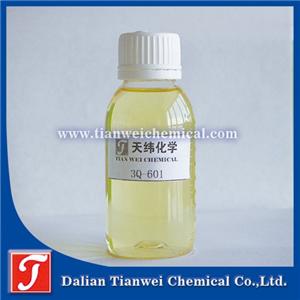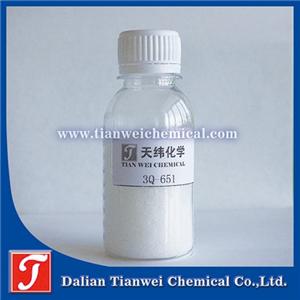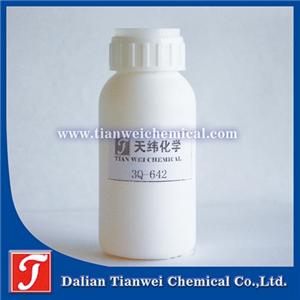The waterborne polyurethane coating antibacterial and antifungal agent protects the coating from mold
Waterborne polyurethane coating antibacterial and antifungal agents are chemical additives added to waterborne polyurethane coatings to inhibit or kill bacteria, mold and other microorganisms, prevent the coating from moldy and deteriorating, and protect the coating and substrate from microbial erosion. This type of additive achieves anti-mold and antibacterial effects by disrupting the cellular structure of microorganisms, interfering with metabolic processes, or forming protective films. Its core functions, common types, and practical applications are as follows
I. Core Role
Inhibit the growth of microorganisms
Waterborne polyurethane coatings, due to their rich content of nutrients essential for microbial growth (such as organic matter and moisture), are prone to mold and bacteria growth in a humid environment, leading to discoloration, odor, and performance degradation of the coatings. Antibacterial and antifungal agents inhibit the reproduction of microorganisms by interfering with key physiological processes such as cell wall synthesis, protein metabolism or DNA replication.
Protect the coating and the substrate
Microbial erosion can damage the physical properties of coatings (such as adhesion and wear resistance), and even corrode the substrate (such as metal and wood). Antibacterial and antifungal agents can extend the service life of coatings and maintain their aesthetic appeal and functionality.
Enhance environmental safety
In fields such as medical care, food packaging, and children's toys, antibacterial and antifungal agents can reduce the risk of microbial transmission and safeguard human health.
Ii. Common Types
According to their components and mechanisms of action, antibacterial and antifungal agents can be classified into the following three categories:
Organic antibacterial and antifungal agent
Features
Highly efficient and broad-spectrum, it has inhibitory effects on bacteria, molds, yeasts, etc.
Some components may have a pungent odor or toxicity (such as organic mercury, which has been banned).
Inorganic antibacterial and antifungal agent
Features
It can destroy the structure of microbial cells by releasing metal ions or through photocatalytic action, and is long-lasting and stable.
It has a relatively small impact on the human body and the environment, and is highly safe.
Compound antibacterial and antifungal agent
Features
Combining the advantages of organic and inorganic fungicides, it enhances the antibacterial effect and stability.
It has wide applicability and can optimize the formula for different types of microorganisms.
Practical application: Waterborne polyurethane coated composite fabric anti-mold finishing, with an anti-mold grade of up to level 2 or above.
Iii. Practical Application and Key Points for Selection
Addition method
Premixing method: Uniformly mix the anti-mold and antibacterial agent with the waterborne polyurethane base material during the mixing stage, which is suitable for large-scale production.
Post-addition: After the waterborne polyurethane coating is prepared, add the anti-mold and antibacterial agent and stir evenly. It is suitable for small-batch or customized requirements.
Key requirement: Ensure that the anti-mold and antibacterial agent is evenly dispersed in waterborne polyurethane to fully exert its effect.
Selection basis
Antibacterial spectrum: Select broad-spectrum or targeted mold inhibitors based on the types of target microorganisms (such as bacteria, molds, and yeasts).
Safety: Give priority to choosing non-toxic, non-irritating and environmentally friendly fungicides.
Compatibility: The anti-mold and antibacterial agent should have good compatibility with the waterborne polyurethane system, without affecting the construction performance and curing performance of the coating.
Cost: Taking into account the price and dosage of the fungicide comprehensively, balance performance and economy.




